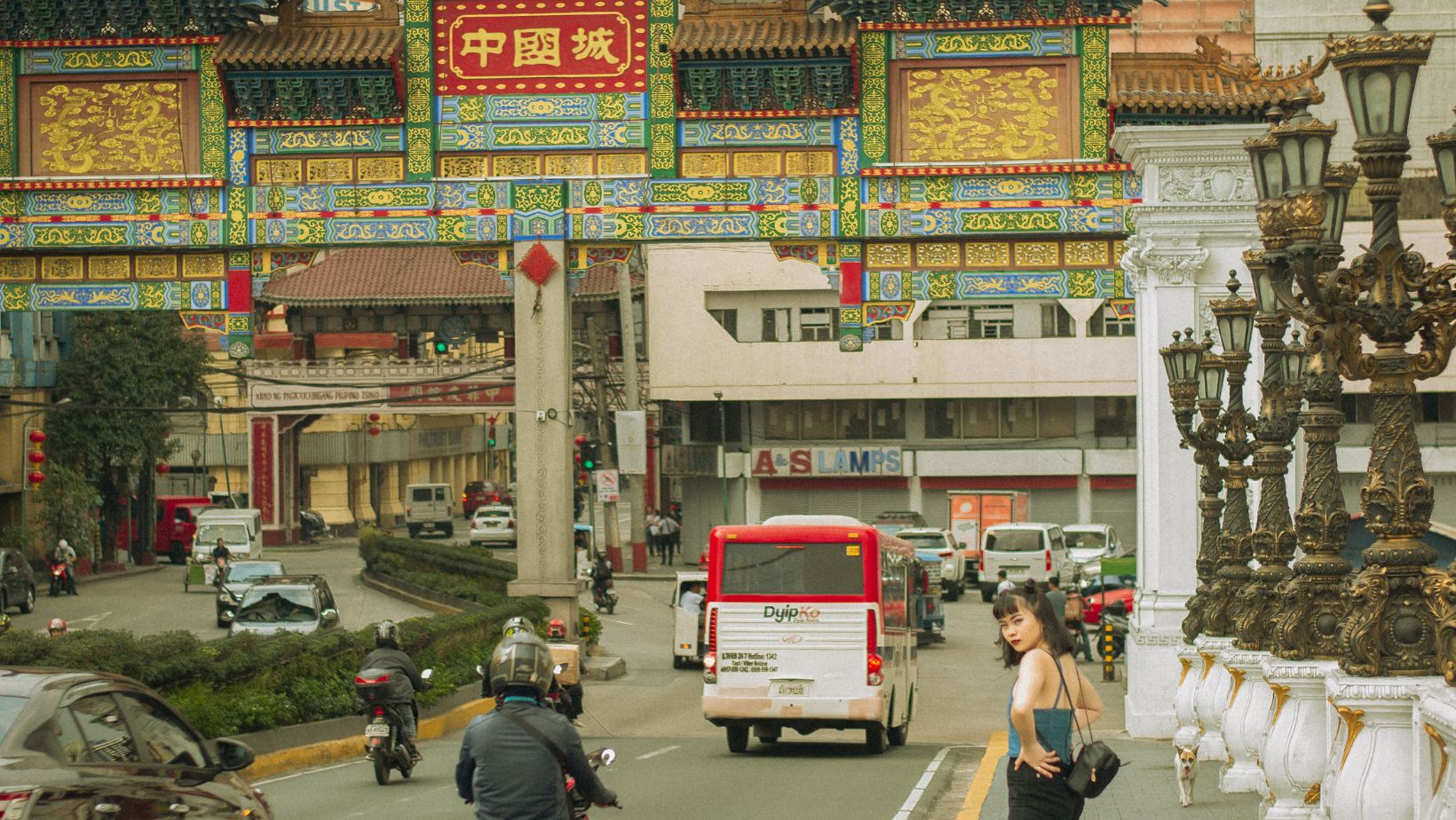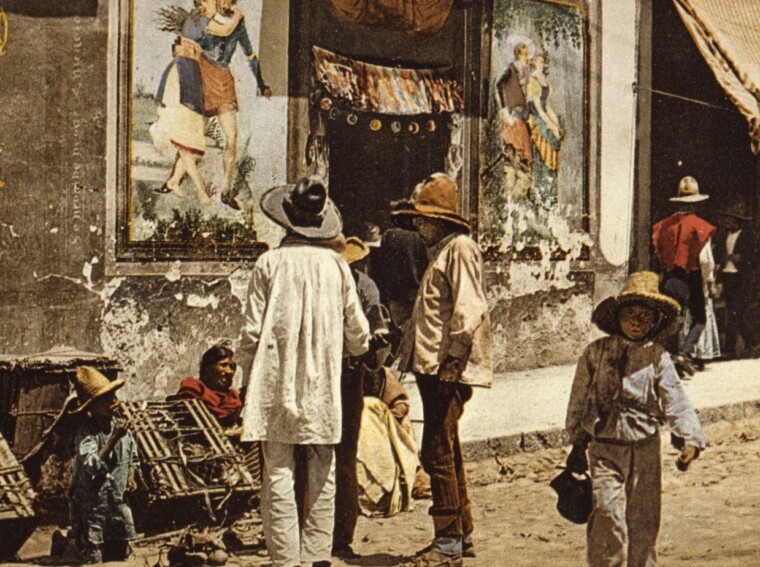What Did Nativists Think About Chinatowns in the Late 1800s?
As an expert blogger, I’ve delved into the fascinating history of nativism and its impact on Chinatowns in the United States. Nativists, a group of individuals who strongly advocated for the interests of native-born Americans, held a range of opinions when it came to Chinatowns. These enclaves, established by Chinese immigrants, became a focal point for nativist concerns about immigration, cultural preservation, and economic competition. In this article, I’ll explore the complex attitudes that nativists held towards Chinatowns and how these sentiments shaped the development of these vibrant communities.
When it comes to Chinatowns, nativists harbored a mixture of fear, resentment, and curiosity. Many nativists saw these ethnic enclaves as symbols of the “other,” representing a threat to American values and the dominance of the white majority. Nativists often viewed Chinatowns as hotbeds of crime, disease, and social disorder, fueling their calls for stricter immigration laws and exclusionary policies. However, some nativists were also intrigued by the exotic allure of Chinatowns, drawn to the unique cultural traditions and culinary delights that these neighborhoods offered.
While nativists were often critical of Chinatowns, they also recognized the economic contributions of these communities. Chinese immigrants played a significant role in industries such as agriculture, mining, and railroads, and their labor was essential to the growth of the American economy. Despite this recognition, nativists frequently accused Chinese workers of undercutting wages and taking away job opportunities from native-born Americans. This tension between economic dependence and competition fueled the nativist discourse surrounding Chinatowns, shaping policies and public opinion for decades to come.
Nativist Attitudes Towards Chinatowns
When examining the nativist attitudes towards Chinatowns in the late 1800s, it becomes evident that they were multifaceted and complex. On one hand, nativists saw these ethnic enclaves as a threat to American values and the dominance of the white majority. They believed that Chinatowns symbolized the “other,” representing everything that was different and foreign. This perception led to a range of negative stereotypes and prejudices.
One of the main concerns that nativists had about Chinatowns was the perceived increase in crime and social disorder. They believed that these areas were hotbeds of illicit activities, such as gambling, opium dens, and prostitution. These allegations fueled the nativist argument for stricter immigration laws, as they saw Chinese immigrants as contributors to these social issues.
Furthermore, nativists viewed Chinatowns as breeding grounds for disease and public health hazards. They claimed that the unsanitary living conditions and cultural practices of Chinese immigrants posed a threat to the well-being of the general public. This concern was particularly heightened during the outbreaks of diseases such as the bubonic plague and smallpox.
However, it is important to note that not all nativists held strictly negative views towards Chinatowns. Some individuals were intrigued by the unique cultural traditions and culinary delights that these enclaves offered. Despite their reservations, these nativists recognized the economic contributions of Chinese immigrants and acknowledged the positive impact that Chinatowns had on local economies.
Nevertheless, the overall sentiment among nativists was a combination of fear, prejudice, and economic competition. They accused Chinese immigrants of undercutting wages and taking away job opportunities from native-born Americans. This tension between economic dependence and competition played a significant role in shaping policies and public opinion surrounding Chinatowns.
Nativist attitudes towards Chinatowns in the late 1800s were characterized by a mix of fear, prejudice, and economic concerns. While some nativists were intrigued by the cultural aspects of these ethnic enclaves, many viewed them as hotbeds of crime, disease, and social disorder. This complex attitude towards Chinatowns played a pivotal role in shaping immigration laws and public opinion during that time.

The Formation and Growth of Chinatowns
During the late 1800s, the formation and growth of Chinatowns in the United States sparked a range of reactions from nativists. These ethnic enclaves, characterized by their distinct cultural identity and concentration of Chinese immigrants, became focal points for nativist attitudes and concerns. Understanding the factors that contributed to the formation and growth of Chinatowns can shed light on the complex views held by nativists during that time.
1. Economic Factors
One of the key drivers behind the formation of Chinatowns was the economic opportunities available to Chinese immigrants. Many Chinese laborers initially arrived in the United States to work on projects such as the construction of the Transcontinental Railroad. As these laborers sought better economic prospects, they often congregated in urban areas and established their own businesses, contributing to the growth of Chinatowns.
2. Social and Cultural Factors
Chinatowns also served as cultural and social hubs for Chinese immigrants, providing a sense of community and familiarity in a foreign land. These communities offered support networks, social organizations, and religious institutions that helped immigrants navigate the challenges of living in a new country. The preservation of cultural traditions and customs within Chinatowns was seen by some nativists as a threat to American identity and values.
3. Nativist Reactions
The formation and growth of Chinatowns triggered a range of reactions from nativists. While some were fascinated by the cultural aspects of these ethnic enclaves, many nativists held negative perceptions. They viewed Chinatowns as breeding grounds for crime, disease, and social disorder. Nativists feared that Chinese immigrants would take away jobs from native-born Americans and disrupt the social fabric of American society.

